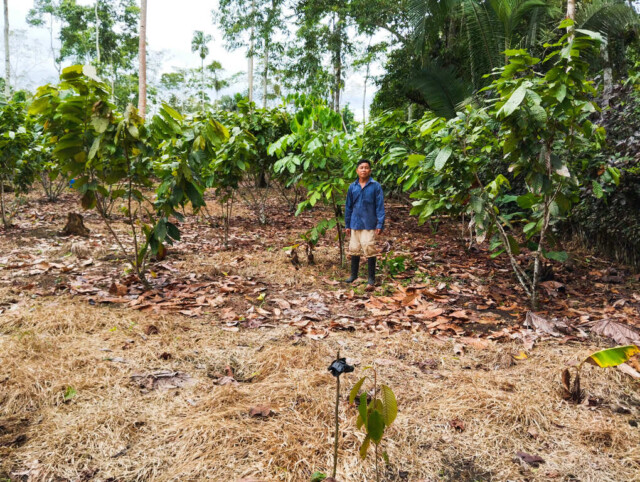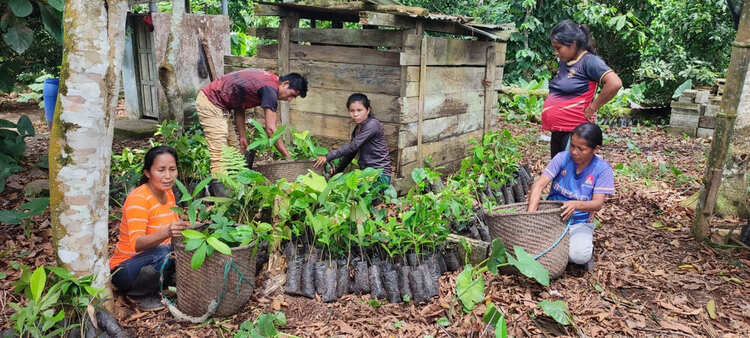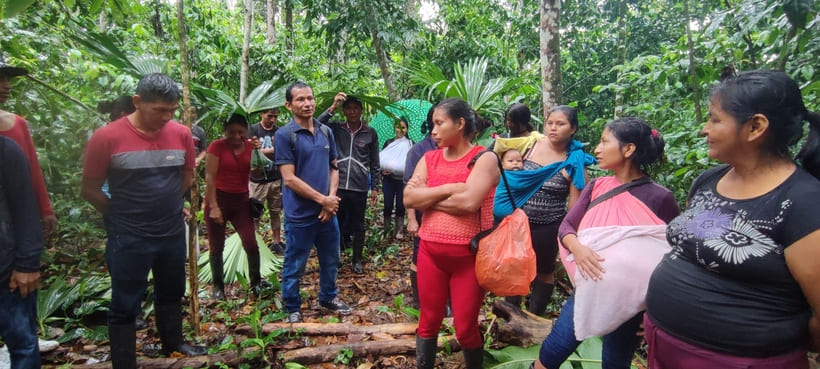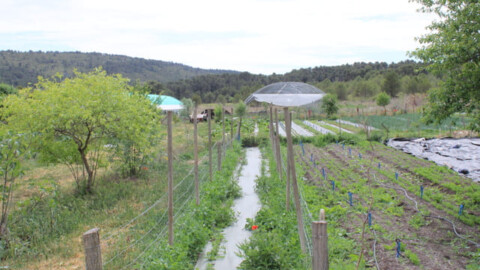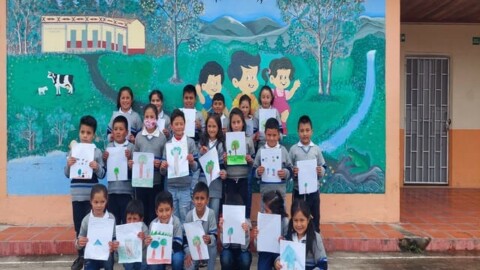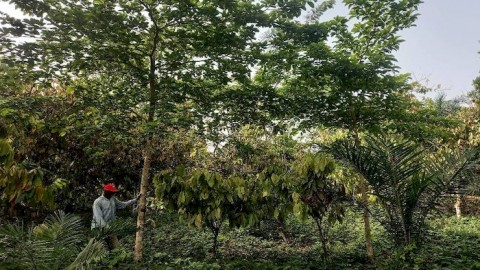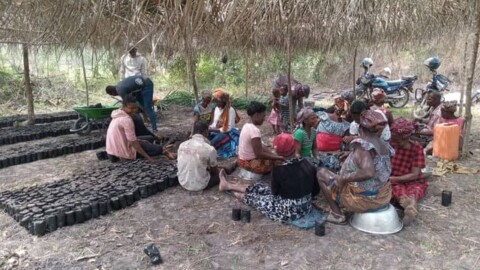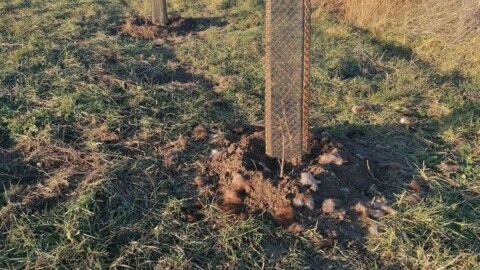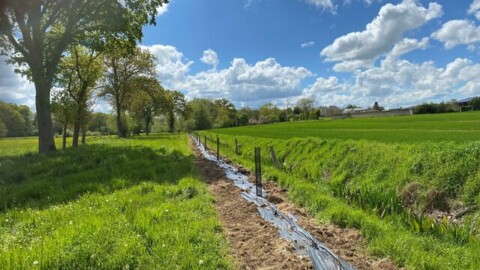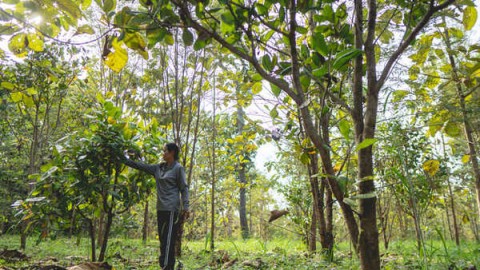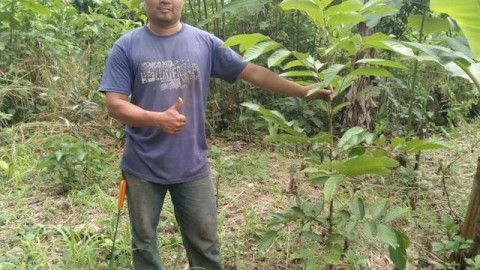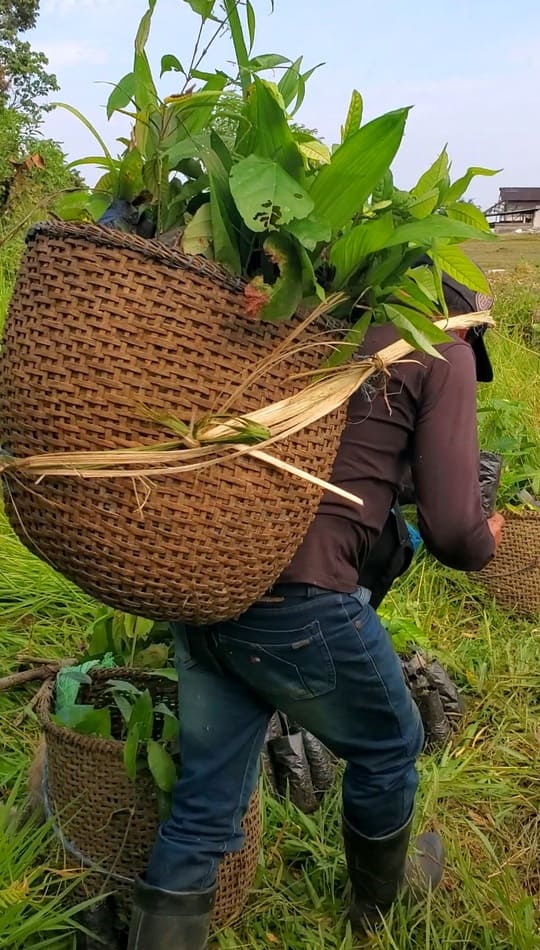
Tena, Ecuador, February 2025
As part of this project, at the request of the villagers, local NGO partner Ishpingo is working in two Kichwa communities – Pukaurku and Pukachikta (San Pedro and Moretal sectors), both located in the Misahualli sector. The project area lies a long way from the city and the population derives its income mainly from farming. There are major socio-economic and environmental issues at stake in this extremely poor farming area, as well as the need to preserve resources, biodiversity, and the resilience of the local population.
Activities began in early 2023 with the setting up of community nurseries at the three replanting sites. All in all, 4,511 timber and 4,679 fruit trees were produced, totalling 9,190 trees ready to be planted at the homes of 40 families. All the trees were planted between September and December 2023.
In early 2024 the focus was on monitoring and maintaining the young trees planted, crucial steps for their proper development. Local technicians visited the beneficiaries’ plots to record three main types of data: the general condition of the plots, the survival rates, and the growth rates.
During the first visit, the farmers were trainined on how to maintain the plantation, especially shade management and crown reduction pruning. The second visit, organised at the end of 2024, provided training on pruning fruit trees and using organic and biological fertilisers. ‘Agrohumus’ organic foliar fertiliser is used to optimise fruit tree growth. It is sprayed on the foliage for immediate absorption and at the base of the trees for a longer-term effect.
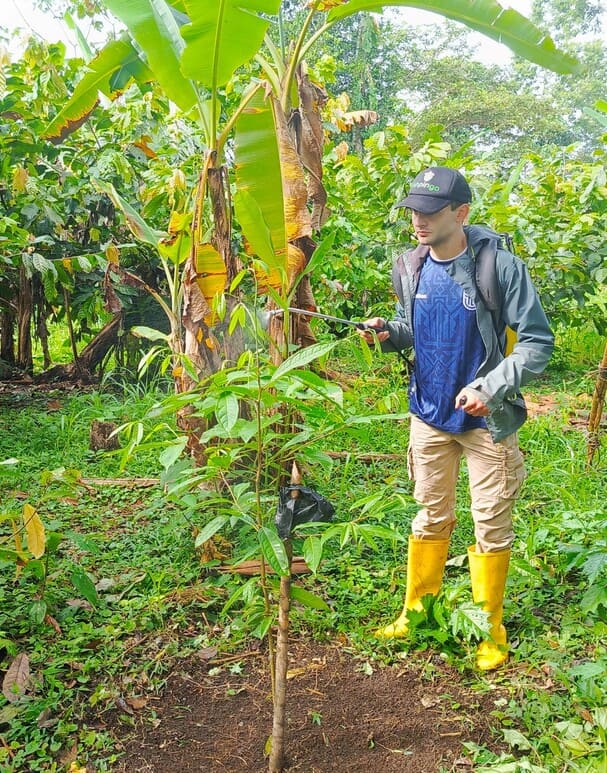
The second visit was also an opportunity to see how the survival rates of the trees had changed one year after planting. The results were extremely positive, the survival rates were high!
- In the Pukachikta community (San Pedro sector), 100% of the plots monitored had a survival rate of over 80%, and 50% a survival rate of over 90%.
- In the Pukachikta community (Moretal sector), 100% of the plots monitored had a survival rate of over 80%, and 50% a survival rate of over 90%.
- In the community of Pukaurku, 100% of the plots monitored had a survival rate of over 80%, and 25% a survival rate of over 90%.
Mortality rates have increased slightly compared with the first follow-up,due to drought not human error. Moreover, it is interesting to note how the majority of the beneficiaries are hardworking farmers who have combined the trees with cash crops like cocoa. The significant increase in the purchase price of cocoa beans has encouraged farmers to dedicate themselves to their farms, which has indirectly benefited the trees planted since the plots are being better maintained.
Monitoring will continue in 2025 and survival rates should stabilise. The aim is to maintain a minimum survival rate of 80%.
Catch up soon for more news from the field!


